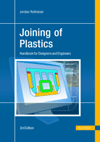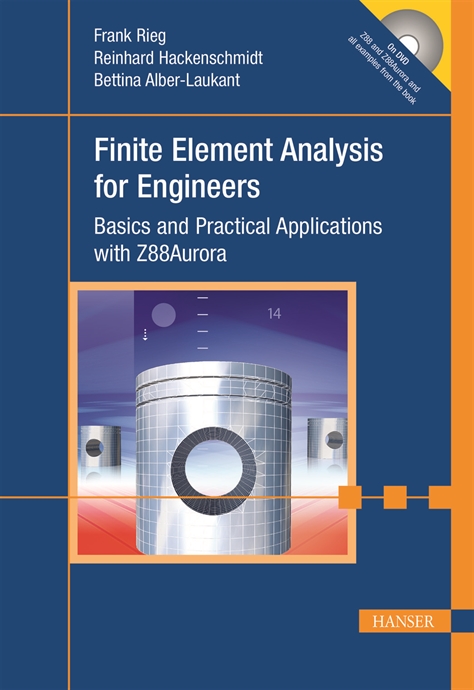Imagine you've just spent $10,000 on a custom gripper and tooling for a six-axis robot. As engineers teach the robot how and where to pick up a large, heavy casting, the inevitable occurs: The motion profile is slightly off, the arm crashes into the casting, and the gripper is ruined. And though the cost of new tooling is bad enough, what may be worse is the time needed to replace it.
Fortunately, there is a way to protect expensive tooling from damage during accidental collisions. It's called, oddly enough, a crash protection device. Also known as an overload protection device or collision sensor, a crash protection device is installed between the robot arm and the end effector.
This pneumatic device protects tooling in two ways, says Robert Little, manager of mechanical products at ATI Industrial Automation (Apex, NC). First, the device enables the end effector to rotate, bend or retract slightly at the wrist when it encounters an obstruction, absorbing some of the impact. In addition, within milliseconds of a collision, the device signals the robot controller to stop the arm immediately. With some robots, the controller can even signal the servomotors to reverse direction, which stops the robot that much sooner.
Positive air pressure keeps the crash protection device rigid during normal operation, explains Jesse Hayes, product manager at Schunk Inc. (Morrisville, NC). If proximity sensors inside the device detect any rotational, angular or axial movement of the housing beyond preset limits, the air pressure is released and a stop signal is sent to the controller.
The sensitivity of the device can be adjusted by increasing or decreasing the air pressure. "You have to set the stiffness of the unit high enough so that vibration and inertia will not trip the sensors," Little says.
Some crash protection devices have an internal spring, which increases their stiffness and adds another level of adjustability. On other units, engineers can adjust how much the housing has to move before tripping the sensors.
After a collision, some crash protection devices must be reset manually. Other models reset themselves automatically. When a collision occurs, the robot stops, returns to a home position, repressurizes the device, and tries the movement again.
"There are some cases where crashes are fairly common," says Hayes. "If you know there will be slight variations in part location, you can almost anticipate crashes. In those cases, you'd want a device that automatically resets.
"If the tooling or the parts are very sensitive, you want a manually resetting device. You want the operator to go into the workcell and figure out what's wrong."
Some crash protection devices can also be used as compliance devices. By adjusting the unit's sensitivity, engineers enable the end effector to move a short distance laterally or rotationally. During insertion or assembly operations, the robot will then be able to tolerate slight misalignments in the parts due to inconsistent fixture location or varying part tolerances.
Crash protection devices can be installed on Cartesian, SCARA and six-axis robots. The devices aren't necessary for every application-just those with expensive tooling. "The more expensive your tooling is, the more you'll want crash protection," says Little. "Think of it as insurance, because all robot programmers will crash the tooling at some point."
When specifying crash protection devices, engineers should take into account the static weight of the tooling, the inertial loads imposed by the motion of the robot, and the working loads encountered by the end effector. Engineers should remember to include the crash protection device when calculating the robot's total payload. In addition, the device will push the center of mass of the tooling further out from the robot arm.



